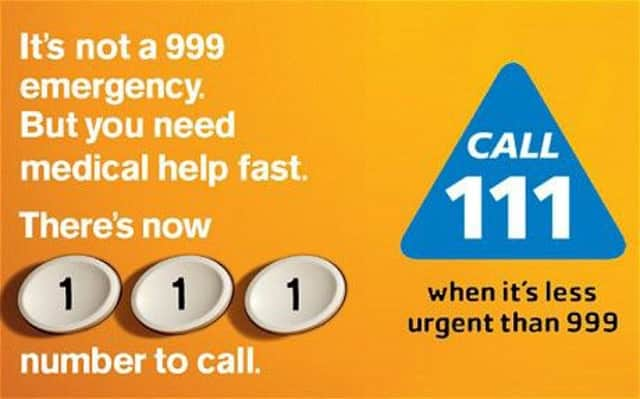Lincolnshire's NHS supports World Sepsis Day


Sepsis is a condition caused by your body’s immune system responding abnormally to an infection, which can lead to tissue damage, organ failure, and death.
The infection can start anywhere in your body; it may be only in one part, or it may be widespread.
Advertisement
Hide AdAdvertisement
Hide AdYour immune system usually works to fight any germs or to prevent infection. However, for reasons we don’t fully understand, sometimes the immune system goes into overdrive and starts to attack our organs and other tissues.
It can happen as a response to any injury or infection anywhere in the body and can result from:
• a chest infection causing pneumonia
• a urine infection in the bladder
• a problem in the abdomen, such as a burst ulcer or a hole in the bowel
• an infected cut or bite
• a wound from trauma or surgery
• a leg ulcer or cellulitis
Sepsis can be caused by a huge variety of different germs, like streptococcus, e-coli, MRSA or C diff.
Advertisement
Hide AdAdvertisement
Hide AdMost cases are caused by common bacteria, which normally don’t make us ill.
Dr Stephen Baird, Chair of Lincolnshire East CCG, said: “Some of the symptoms of Sepsis can initially look like flu, gastroenteritis or a chest infection.
“There is no one single sign and symptoms present differently in adults and children. If you or someone you know or care for shows any of the signs associated with Sepsis, you should seek medical assistance urgently whether that be through a GP practice or by calling NHS 111.”
You should seek medical help urgently if you (or another adult) develop any of these signs:
• Slurred speech or confusion
• Extreme shivering or muscle pain
• Passing no urine (in a day)
• Severe breathlessness
• It feels like you’re going to die
• Skin mottled or discoloured
Advertisement
Hide AdAdvertisement
Hide AdIf your child is unwell with either a fever or very low temperature (or has had a fever in the last 24 hours), call NHS 111 and just ask: could it be sepsis?
A child may have sepsis if he or she:
• Is breathing very fast
• Has a ‘fit’ or convulsion
• Looks mottled, bluish, or pale
• Has a rash that does not fade when you press it
• Is very lethargic or difficult to wake
• Feels abnormally cold to touch
A child under 5 may have sepsis if he or she is not feeding, is vomiting repeatedly, or has not passed urine for 12 hours.
In the UK 25,000 children are affected by sepsis each year - and a quarter of all sepsis survivors suffer permanent, life-changing after effects.
Five people are killed by sepsis every hour in the UK.
Visit www.nhs.uk/conditions/sepsis for more information.